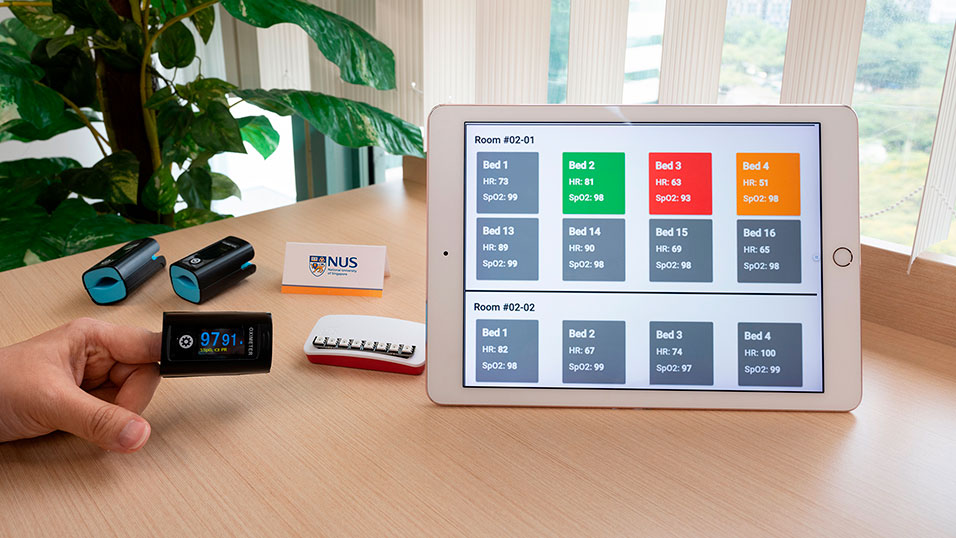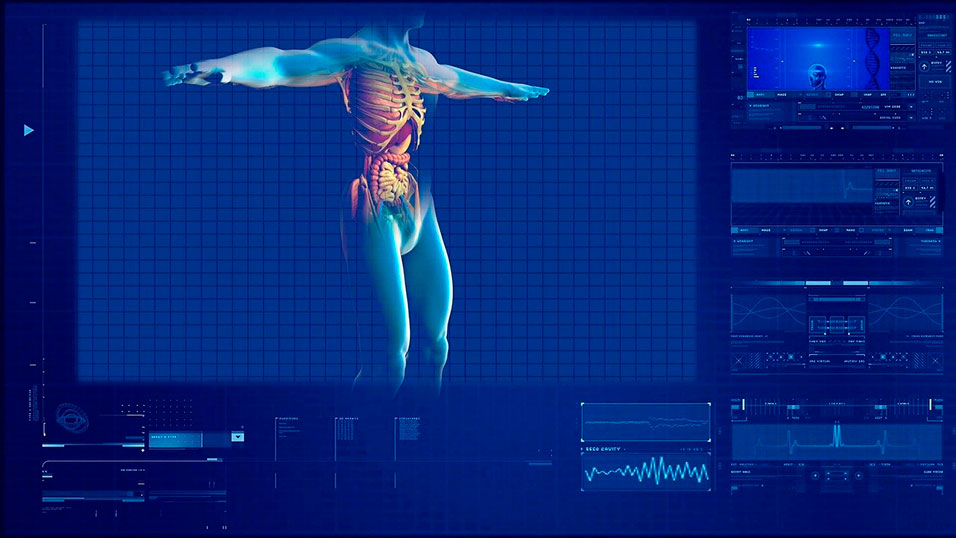SINGAPORE.- Automating the collection and presentation of healthcare data is crucial in the fight against COVID-19 – it adds capacity to screening efforts by automating routine tasks, thereby allowing frontline staff such as dormitory operators and healthcare workers in community care facilities to focus on more pressing tasks while receiving regular updates on the health status of the individuals under their care.
As part of the ongoing efforts to combat the coronavirus, Temasek Foundation brought together
NUS, National University Hospital (NUH) and Singapore General Hospital (SGH) to develop an open-sourced system that wirelessly collects measurements of oxygen levels taken from Bluetooth-enabled pulse oximeters, and presents the data neatly on a dashboard. This compilation is quicker and more efficient compared to the current method of manually writing down the readings, which then requires additional manpower to consolidate the data electronically.
The development of this new system was led by Assistant Professor John Ho from the NUS Institute of Health Innovation and Technology, together with Associate Professor Arthur Tay from NUS Electrical and Computer Engineering and Dr Yen Shih-Cheng from NUS Engineering’s Innovation and Design Programme. They worked in consultation with clinicians from NUH and SGH, and took two months, from April to June 2020, to come up with it. This project was also supported by the National Research Foundation.
Using pulse oximeters for COVID-19 monitoring
Pulse oximeters measure the level of oxygen saturation in the blood. Collecting data on oxygen levels is crucial because people with COVID-19 may suffer from “silent hypoxia”, a dangerous condition in which they do not outwardly appear to be short of breath, but are confirmed to be so through a pulse oximeter test.
Currently, workers living in the dormitories are required to measure and record their oximeter readings twice a day, as part of the precautionary measures that are in place at the dormitories. With the NUS system, the time-consuming task of manually collecting and sending pulse oximeter measurements from thousands of individuals could be automated.
"Our aim is to bring the convenience of digital technology to the pen-and-paper process currently being used to take health measurements. We hope that the system helps to address the challenge of monitoring the health of migrant workers during this difficult period," shared Asst Prof Ho.
The NUS system is also suitable for deployment in community care facilities.
A digital solution for more effective monitoring
The NUS system consists of several components: wireless nodes to be installed to capture data from Bluetooth-enabled pulse oximeters, individual Bluetooth-enabled pulse oximeters, WiFi stations, and a dashboard that presents the data to the end-user.
To start the monitoring process, the user must first be within six metres of a wireless node located within the room. The user then clips the Bluetooth-enabled pulse oximeter onto their index finger and leaves it there for 30 seconds for the device to complete the measurement.
Once the measurement is taken, the wireless nodes then send the information collected to the cloud via WiFi stations. The data is then displayed on a single integrated dashboard which will show the users’ names and their pulse oximeter readings. The data can be conveniently accessed via a computer, tablet or a smartphone.
The user will also be informed about the readings taken via text messages. If the readings are normal, the message will indicate so. If any reading is abnormal, a text message will be sent to the users in their preferred language – such as English, Chinese, Tamil, Bengali and Hindi – advising them to retake the measurement after 30 minutes.
If an abnormal reading is returned the second time, or if the user does not retake the measurement within the hour, the user will receive another alert requesting that the user contact healthcare workers for further examination. For users in dormitories, the dormitory operators will also be alerted.
Pilot test
The NUS team conducted a two-month pilot test on the efficacy of the system in four rooms within a dormitory that houses workers from Soilbuild Construction Group Limited.
24 workers who had tested negative for COVID-19 were involved in the pilot. The results showed that the workers could be reliably monitored four times a day with a compliance rate of above 85 per cent with minimal intervention by the dormitory operators.
Mr Tushar Nath, Digital Innovation Lead at Soilbuild Construction Group, said, “With the app and dashboard, I can see all the information at one go. With many workers under our care, the system is able to show immediately who needs attention, and it is easier for supervisors to track the health of their workers.”
Mr Yeoh Keat Chuan, Deputy Head, Singapore Projects and Senior Managing Director, Enterprise Development Group, Temasek, said, “We are glad to have facilitated this pilot project, bringing together NUS, the medical community and the construction sector to trial the early detection of COVID-19 cases in the migrant worker community. The ability to remotely monitor oxygen levels of large groups of people in a timely manner is especially pertinent to provide businesses with peace of mind as the economy reopens. Through Temasek Foundation, we will continue working closely alongside our partners to strengthen COVID-19 screening efforts, enhance the safety of our frontline workers, and safeguard Singapore from the pandemic.”
Next steps
Asst Prof Ho said, "We are continually updating the system to address evolving healthcare needs surrounding care for COVID-19. We hope to add additional sensors, such as those for measuring temperature, to provide an integrated health monitoring system."
Moving forward, the NUS research team plans to work with industry partners to deploy the system in worker dormitories. The team also aims to use the system to automate the monitoring of asymptomatic COVID-19 patients in large settings such as community isolation facilities.










